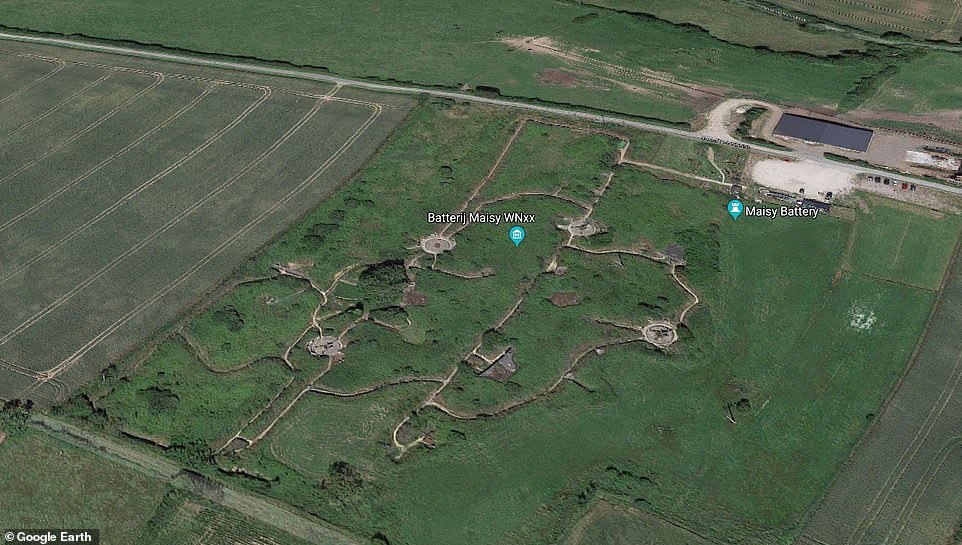On D-Day, June 6th, 1944, Allied soldiers confronted the German army in what would prove to be a decisive battle, turning victory to the Allies’ favour.
The Second World War had dragged on for five long years by that point, but the conflict at the Normandy beaches gave the Allies, finally, the upper hand.
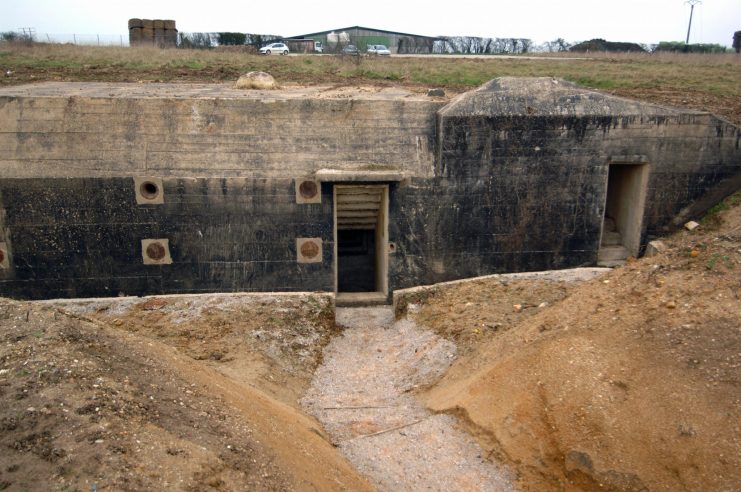
In 2006, British historian Gary Sterne discovered just how near the enemy was to the Allies when he found a series of bunkers near the beaches at Omaha and Utah.
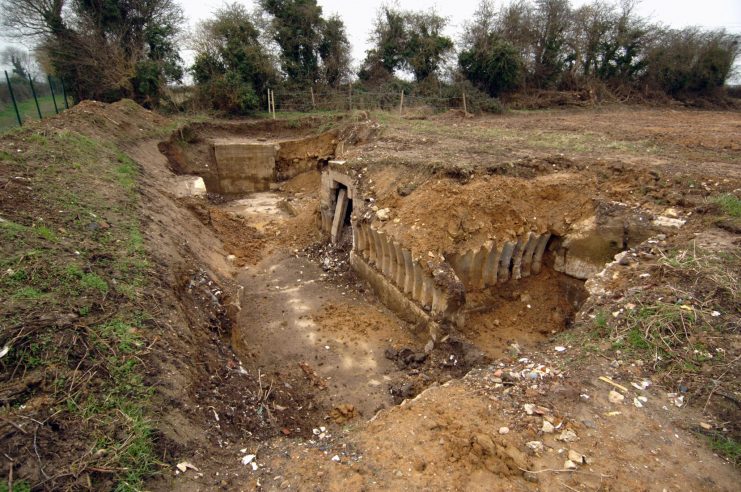
Back then, Sterne didn’t know just how extensive the complex was, but now, thanks to the Discovery Channel, all has been revealed.
The 14-year-long story began when Sterne started researching the area around the beaches with the use of European military maps and other research materials.
The bunkers, called the Maisy Battery, were abandoned by the Germans after the Allies won the war, and was soon covered over by grass, shrubs – nature was starting to take over.
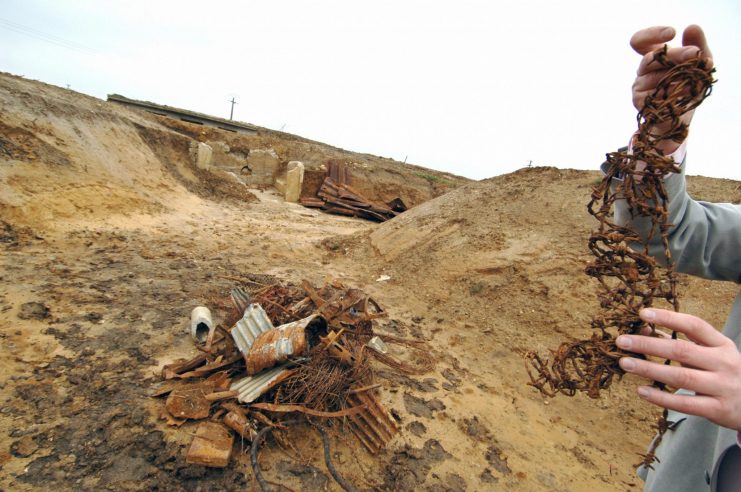
Sterne began researching the D-Day site, and ultimately bought the 20 acres near Omaha beach from French locals. From there, it took the Discovery Channel’s Josh Gates and his crew to explore the German bunkers further, and he soon realized there was much more to the site than previously thought.
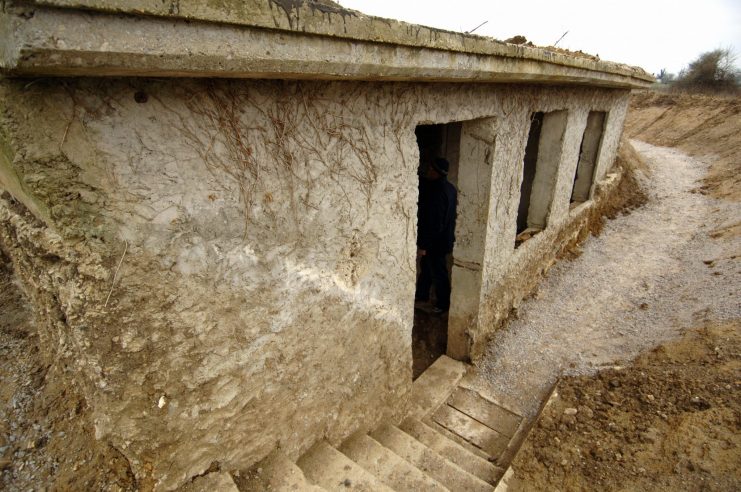
“We were able to dig down and reveal the doors and go inside them — they are frozen in time, there are artifacts in there,” Gates recalled recently in an interview with Fox News.
The complex consists of 12 stone buildings and 1,500 metres of tunnels, as well as medical quarters and rooms for officers.
The film crew found evidence of weaponry, too, including gun platforms for 88-millimetre guns for use as anti-aircraft weapons; four batteries of 155-millimetre cannons, and other guns and ammunition. They even found two machine gun nests.
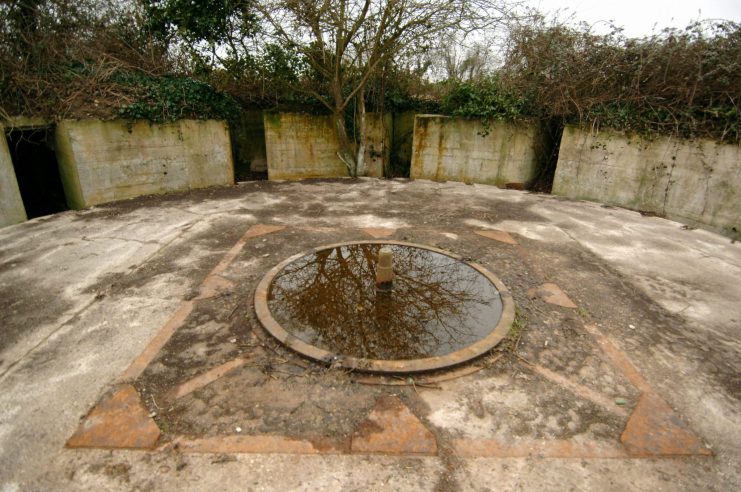
Gates, one of the leading members of the crew that has “opened up” the site, told Fox News that there is still more to explore in the Maisy Bunker. He also described the eerie feeling one gets going down there.
“We discovered huge Nazi bunkers that haven’t seen the light of day for 75 years,” he began. These are fairly large structures with multiple rooms, (and) staircases.”
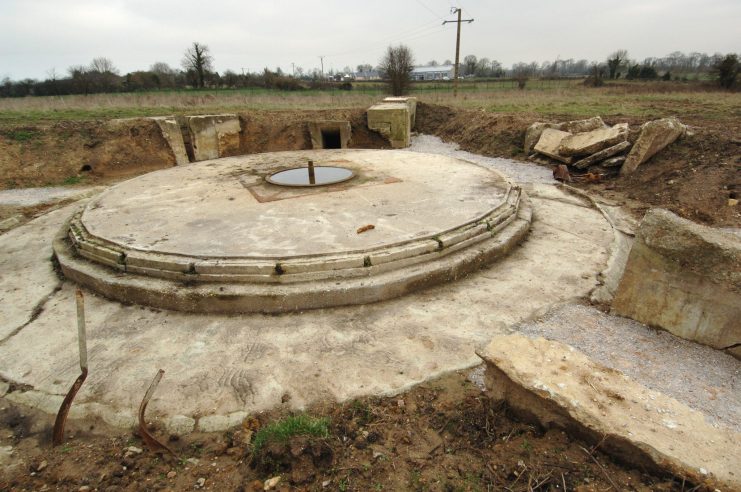
He continued, “It’s a strange feeling entering a place like that. It’s exciting — on the other hand, it’s a somber, dark experience. This was a place that housed Nazi soldiers.” The area has been open to tourists since first discovered 14 years ago.
Gates went on to say that, while underground web of buildings were part of the Nazi defence system in other parts of Europe, he thinks Maisy is wholly unusual.
“What is unique is that a lot of military installations around Normandy have been cleaned up. Maisy is one of the few places where you can explore trenches and beaches and get a sense of what it was like on D-Day.”
The Nazis built the structures with slave labour brought in from countries they were occupying, like Poland. Somehow, they managed to keep construction of it a secret from the French citizens who lived nearby.
The discovery and exploration of the Maisy Bunker features in the Discovery Channel’s new season of documentaries entitled Exploration Unknown, which began broadcasting February 5th.
Some Fascinating Facts About Saving Private Ryan
The show focuses on how the bunker was discovered, of course, but also the ongoing work to unravel the secrets of it that researchers have yet to find.
